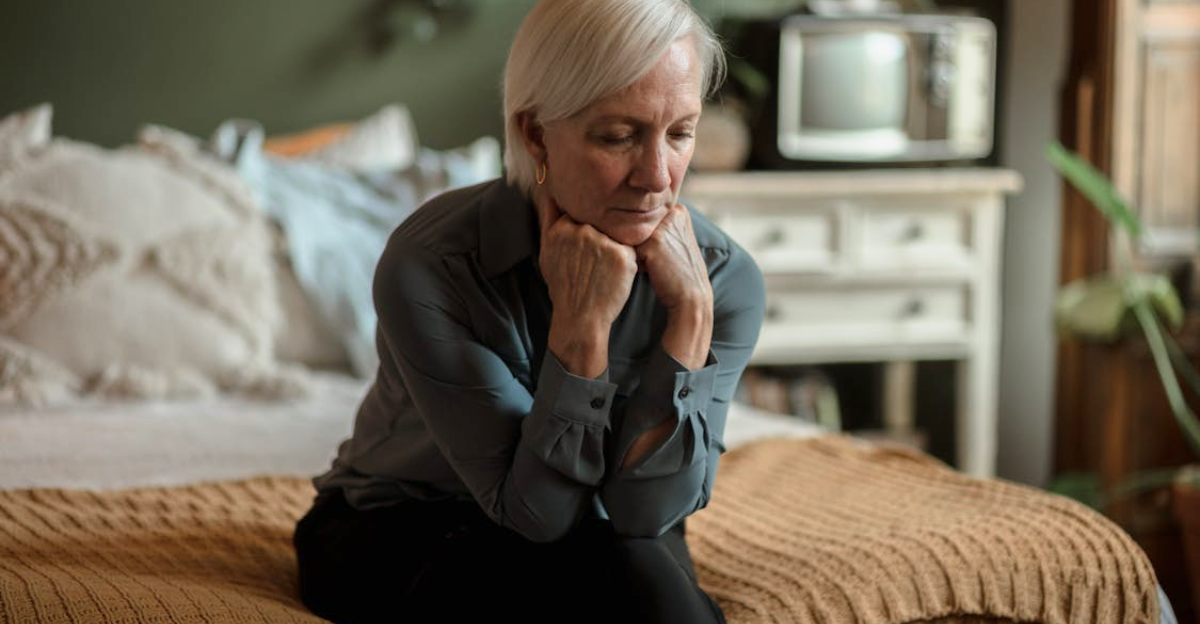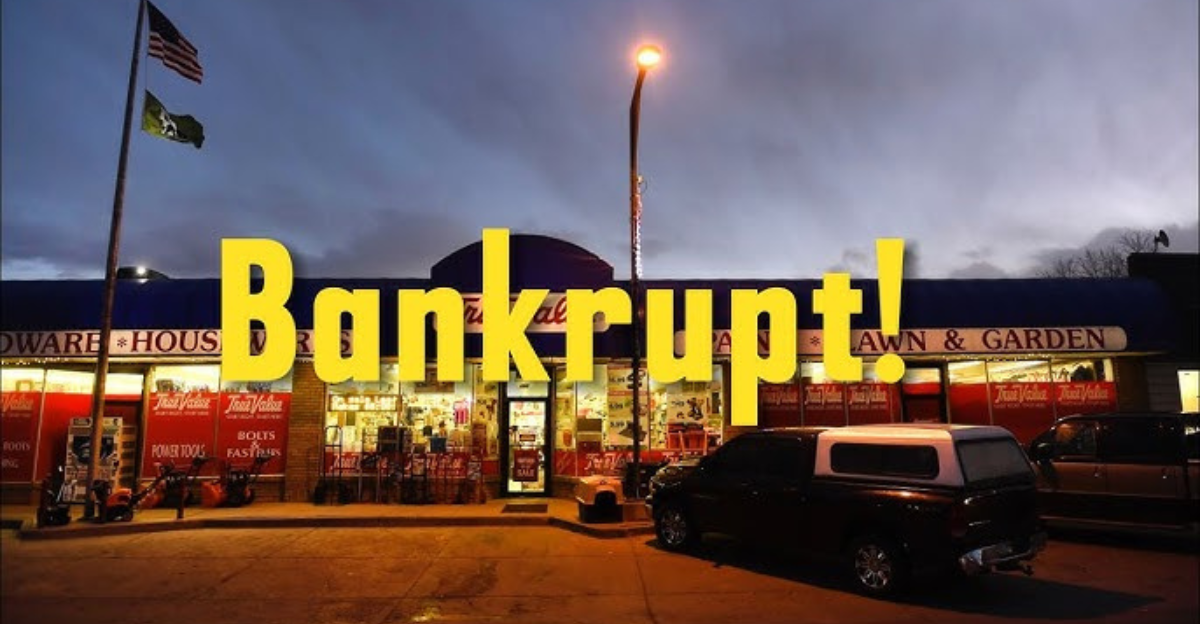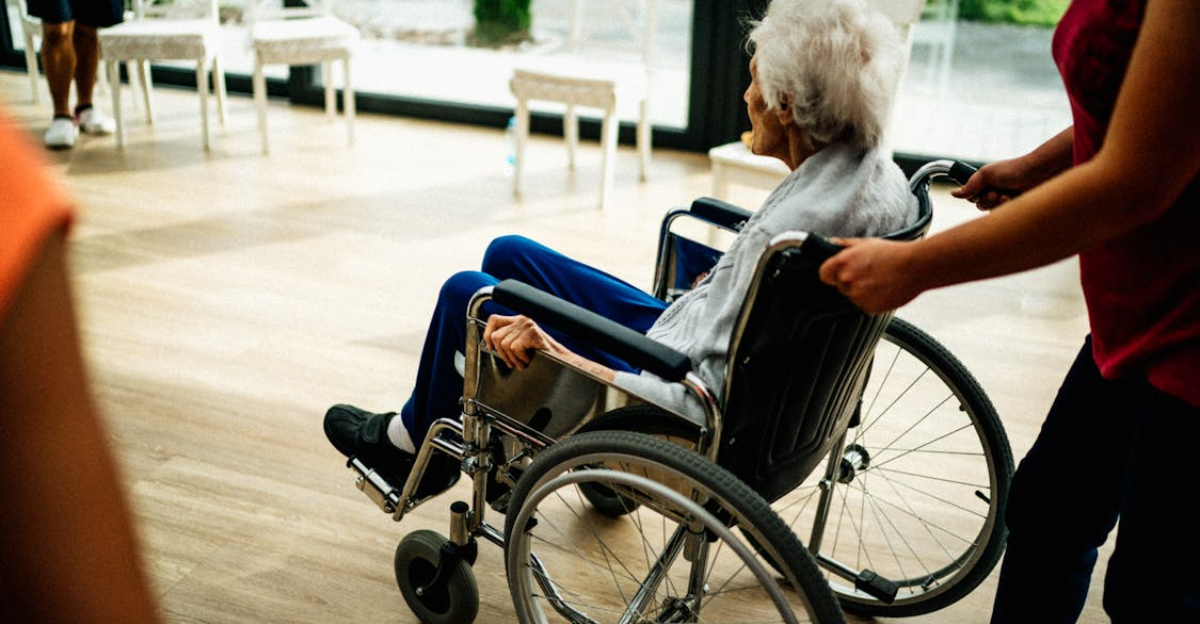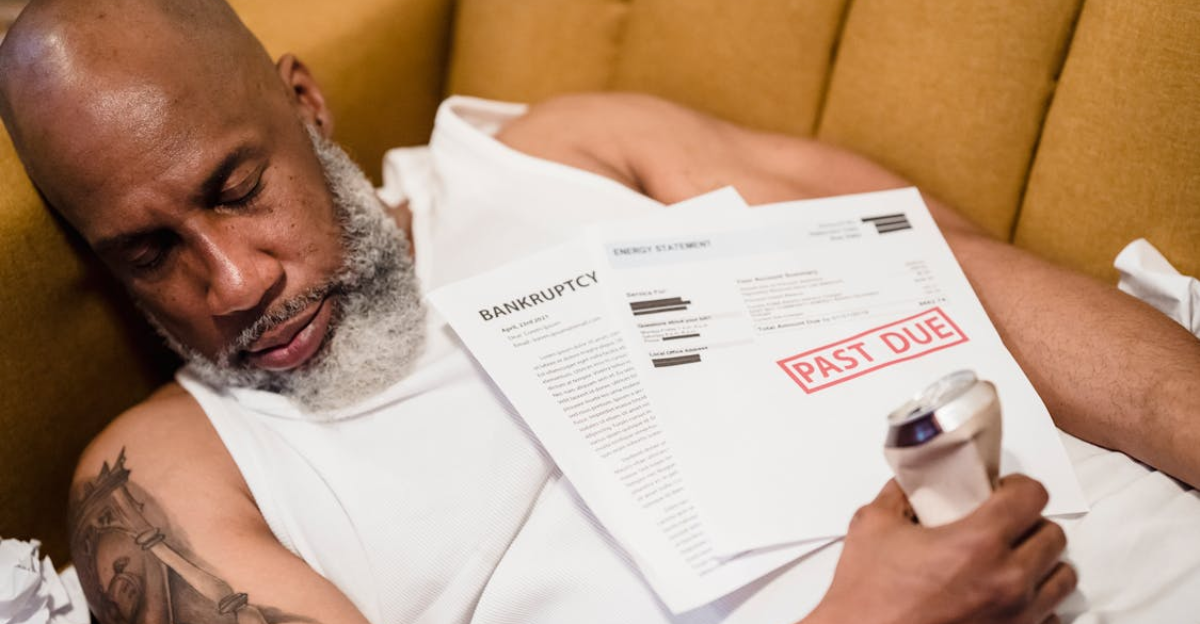
A widow who invested $1 million in a high-end continuing-care retirement community is devastated as the promise of “lifetime care” turned into a nightmare. She believed the community would provide a safe and supportive environment. Unfortunately, the facility declared bankruptcy. This created a series of problems for many senior residents who had paid most of their life savings on the facility. The bankruptcy left countless seniors without the care and security they expected. Furthermore, this collapse revealed serious risks for retirees who rely solely on entrance fee based senior living arrangements.
The Million-Dollar Retirement Plan

For many retirees, spending their last years in a secure and all inclusive retirement home is comforting. Arlene Kohen’s decision to pay a million dollars was because of the promise of lifetime care made by Harborside, a continuing care retirement community offering both independent living and nursing care. To afford the expensive entrance fee, Kohen sold her house in Great Neck for $838,000. She then used nearly all her savings along with the house sale to afford the required $945,000 entrance fee. In addition to that, there’s also a monthly fee of around $5,700. The facility had assured her that 70% of the fee would be refunded in the event that she would leave the retirement home.
Residents Blindsided by Bankruptcy

Everything changed when Harborside declared bankruptcy for the third time in a decade. The news shocked Kohen and other residents who had relied on Harborside’s care facility. But after the facility was sold to a new investor, Kohen had to move out, because the new owner scaled back on their care services. Kohen’s daughter, Beverly Kohen-Fried, has said that the family now expects to recover less than one-third of the refund they were promised.
The Bankruptcy Domino Effect

A senior living facility declaring bankruptcy causes ripples far beyond its immediate residents. Funding dries up, services decline and a lot of residents face evictions. The value of surrounding properties may drop as local healthcare and social systems strain under the pressure of displaced seniors needing help. This also means higher competition to be placed in fewer quality eldercare options. New placements become hard to find or afford as most have already spent their money on their old living facility.
Residents Forced to Move

For people like Kohen who invested most of their savings into entrance fees, bankruptcy is nothing short of a disaster. When the community closed its doors in the bankruptcy process, many residents suddenly found themselves without a place to live and with very little money left. They had planned their retirement around this one decision, only to see everything collapse. Finding another safe and comfortable place to live is almost impossible without the funds needed. The entire situation disrupts families’ years of careful planning. It also destroys seniors’ peace of mind that they’ll be taken care of in a comfortable place. Now, these seniors are desperate for answers and are feeling abandoned in their time of greatest need.
Families Nationwide Face the Same Nightmare

The Harborside case is not unique. At least sixteen retirement homes across the country have filed for bankruptcy in recent years erasing over $190 million in residents’ savings nationwide. Harborside alone affected hundreds of families, many without legal ways for recovery. These stories like Kohen’s highlight a national problem as more seniors and their families become alarmed by how quickly years of savings disappear.
Oversight in Regulatory Gaps in Senior Facility

One of the biggest problems behind these failures is weak government regulation of these facilities. Many states don’t have strong protections for seniors who move into care living facilities. The rules differ a lot from place to place and often can’t keep up with the increasing risks involved. When things go wrong, it’s the senior residents who find themselves exposed and vulnerable. Families have very few options to recover their money or protect their loved ones. The lack of strong laws means seniors and families are left on their own when a disaster like what happened to Harborside hits. This kind of oversight from the government puts most seniors at risk.
Long-Term Emotional and Psychological Impact

For many affected people, the financial loss is only part of the pain. Kohen and her family report feelings of betrayal after placing their trust and money in a community that failed them. Losing a home and the friends she made in the facility is traumatic. The emotional impact would last longer for families as many remain anxious and fearful about paying for senior care in the future. People will be hesitant to trust similar promises again.
Warning for Future Retirees

Entrance fee-based living arrangements might seem like a safe bet at first. They promise lifetime care and peace of mind which many retirees hope for. But beneath these shiny offers, hidden dangers are waiting. Facilities can face financial troubles quickly and throw residents into chaos when they don’t have enough fees collected. When instability strikes, years of hard earned savings can vanish in an instant. Elderly residents who put most of their wealth into these deals are left vulnerable and searching for alternatives. This reality is a strong warning that what looks secure can collapse without notice, leaving retirees out in the open.
What Comes Next?

Families affected by bankruptcies like Harborside’s are now exploring legal options, but existing laws often offer very little hope. Bankruptcy courts treat residents as unsecured creditors, putting them near the bottom of the list for compensation. Some senior residents have planned together to hire attorneys to push for accountability from these facilities. They also want to fight for stricter protections going forward. Their hope is to spark reforms that would help future retirees ensure that the promises of lifetime care would continue properly.